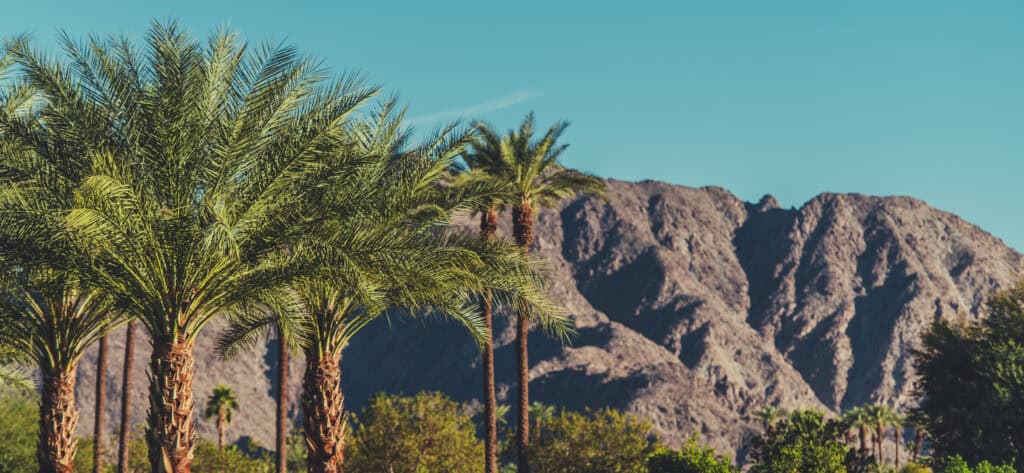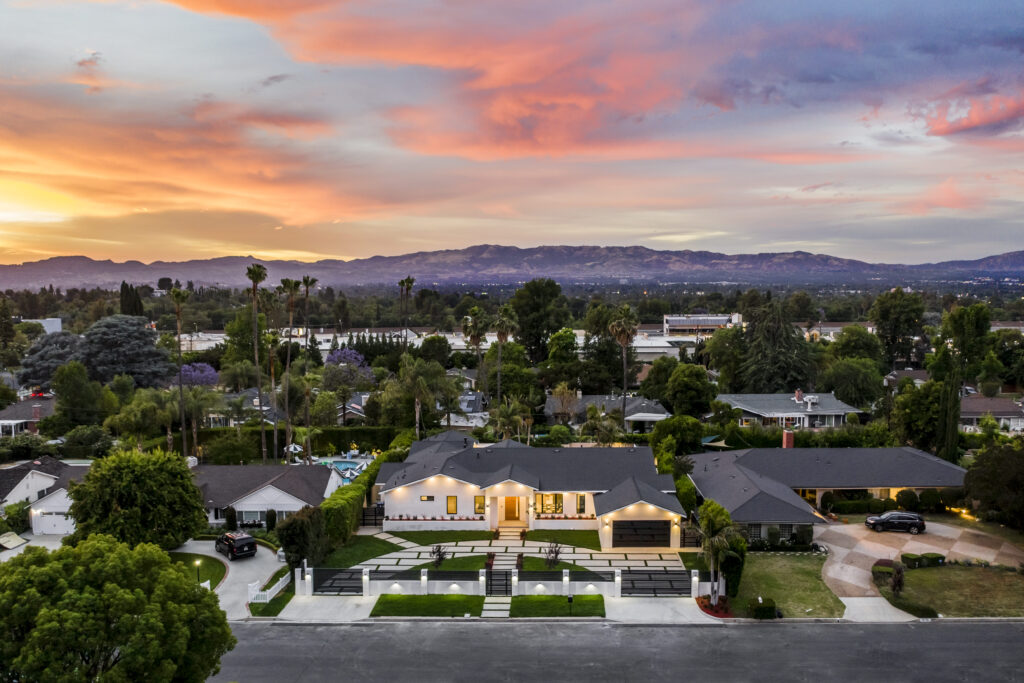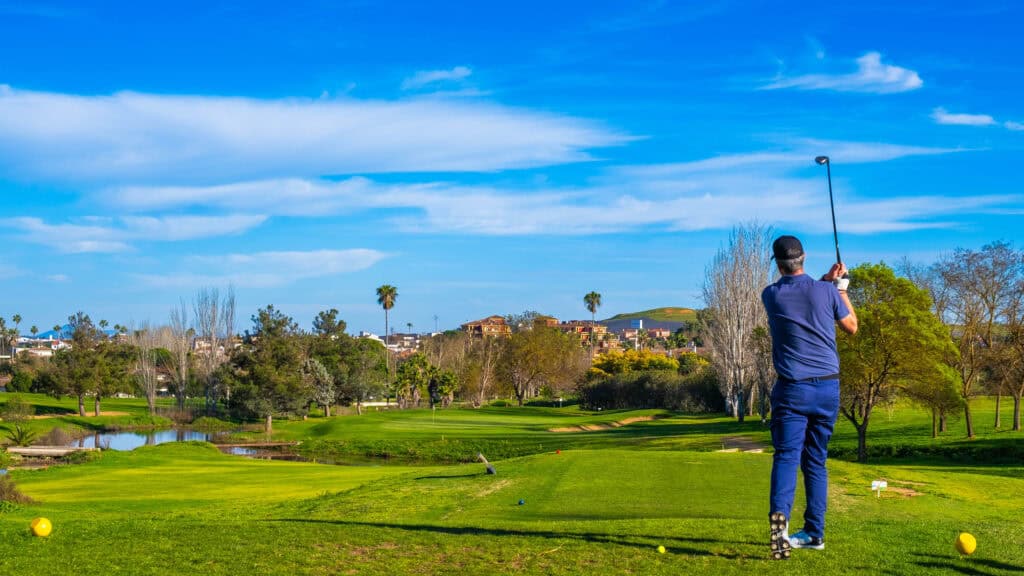Palm Springs isn’t just a desert oasis—it’s a vibrant community with unique real estate opportunities and challenges. Whether you’re dreaming of a mid-century modern gem or a contemporary desert retreat, here’s your comprehensive guide to navigating the Palm Springs housing market in 2025.
Beyond the Palm Trees: Understanding the Coachella Valley

The Coachella Valley comprises nine distinct cities, each with its own personality. Palm Springs properly showcases iconic mid-century architecture and a thriving arts scene. For luxury seekers, Rancho Mirage offers high-end properties and world-class golf courses. Budget-conscious buyers might find their perfect match in Cathedral City or Desert Hot Springs, while La Quinta appeals to active lifestyle enthusiasts.
Recent population growth of 10% over the past decade reflects the area’s increasing appeal, driven by the warm climate and relatively lower living costs compared to other California regions.
The Unique World of Lease Land
One of Palm Springs’ most distinctive features is its lease land system. Dating back to 1876, this arrangement means you might purchase a home without owning the land beneath it. While lease land properties typically sell for 15-30% less than comparable fee simple properties, buyers must factor in annual lease payments ranging from $1,400 to $8,000.
Important considerations for lease land properties include:
- Mortgage requirements (35-year minimum remaining lease term for 30-year mortgages)
- Non-tax-deductible annual lease payments
- Limited lender options
- Future lease renewal considerations

New vs. Existing Homes: Making the Right Choice
The 2025 market offers both new construction and existing homes, each with distinct advantages. New homes feature:
- Energy Star standards for reduced utility costs
- Smart home integration
- Modern amenities
- 10-30% higher initial costs
Existing homes offer:
- Established neighborhoods
- Negotiation opportunities
- Potential for value appreciation
- Lower initial purchase prices

Location Matters: Neighborhood Selection
Palm Springs divides into three main areas:
- North End: Mid-century homes and gated communities
- Central Palm Springs: Downtown proximity and historic neighborhoods
- South End: Outdoor recreation and golf communities
Expert predictions suggest the South End and Central Palm Springs show the strongest growth potential for 2025-2030, particularly with upcoming mixed-use development projects.

Critical Inspection Points
The desert environment creates unique challenges for homeowners. Key inspection areas include:
- Roof condition (repairs ranging $300-$1,500)
- Foundation integrity
- HVAC systems (repairs $150-$1,200)
- Plumbing systems
Professional inspections typically cost $400-$700—a worthwhile investment given the potential repair costs in Palm Springs’ challenging climate.

The Local Expert Advantage
Working with a Palm Springs specialist rather than a general agent can significantly impact your buying experience. Local agents offer:
- Deep understanding of lease land agreements
- Knowledge of neighborhood-specific trends
- Strong networks of desert-savvy inspectors and lenders
- Expertise in local regulations and zoning laws

Making Your Move
The Palm Springs market in 2025 offers diverse opportunities for homebuyers, from affordable desert retreats to luxury estates. Success in this unique market requires understanding its distinctive features, working with local experts, and conducting thorough due diligence.
With proper preparation and the right team, you can navigate the complexities of the Palm Springs real estate market and find your perfect desert home. The time to start your journey is now—your desert oasis awaits.